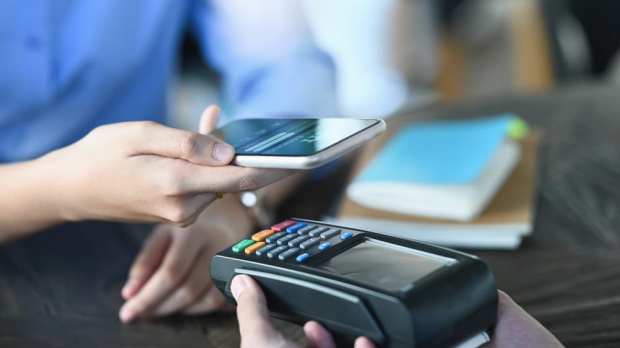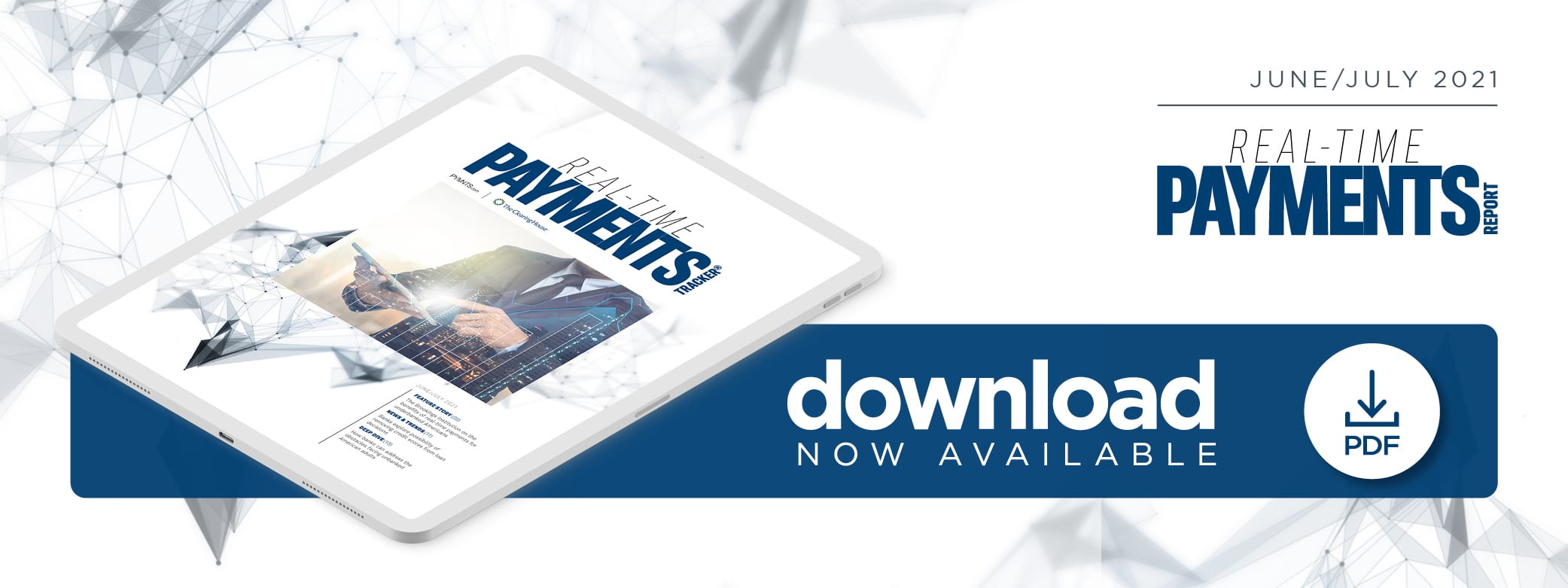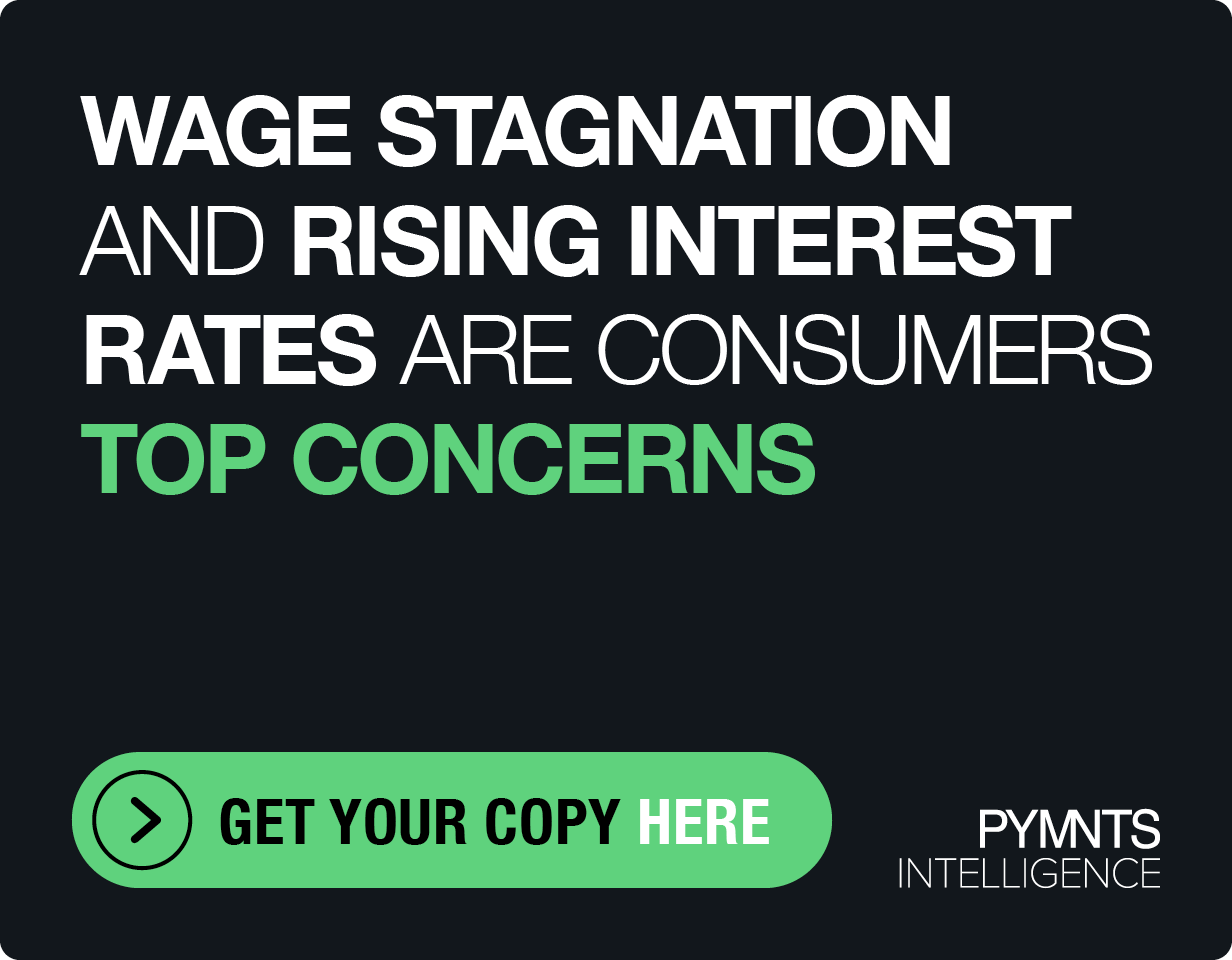How FIs Can Ease Unbanked And Underbanked Consumers’ Challenges And Bridge The Financial Inclusion Gap

For most American adults who rely on banks or credit unions to meet their financial needs, it may come as a surprise that 6 percent of households — nearly 8 million Americans — are considered unbanked. Sixteen percent are underbanked, or they have a bank account but also tap alternative financial services to meet their needs. The Federal Reserve Board reported that 89 percent of those who rely on alternative financial services for their banking activities use money orders or check-cashing services, for example. The Fed data also revealed that unbanked and underbanked individuals are typically minority, low-income households with less education.
The main reason why unbanked households do not have bank accounts is because these low-income households are unable to meet the minimum balance requirements needed to open one, according to the Federal Deposit Insurance Corporation (FDIC). FDIC data showed that more than 23 percent of households earning below $15,000 annually are unbanked, likely because they are shut out of the opportunity.
The following Deep Dive examines the challenges that Americans can face in finding banks that can serve them, the obstacles underbanked consumers face, how financial institutions (FIs) are working to extend services to these populations as well as how real-time payments can reduce the financial hardships of underbanked households.
Banking Challenges
There are many other reasons why consumers can have a hard time trusting banks and finding financial partners that meet their needs while offering smooth customer journeys. Challenges to accessing funds in a bank account may have serious consequences for Americans with unpredictable incomes or little savings. Overdraft fees can also occur when consumers withdraw deposited money that has not yet cleared.
Savings can play a big part in mitigating income fluctuations by reducing the urgency in accessing funds. Respondents who said their income fluctuates and had 90 days’ worth of emergency cash were half as likely to report difficulties accessing funds compared to 21 percent for those who lacked a financial buffer, according to the FDIC National Survey of Unbanked and Underbanked Households.
Unbanked households can face a variety of expensive consequences, including the use of payday loans. Consumers without bank accounts are six times more likely to use check-cashing services. These merchants charge consumers high fees, making these loans difficult to repay. Check-cashing storefronts charge as much as 10 percent of a check’s value, according to an analysis of FDIC data.
The ramifications of being without a bank account go beyond the high costs of alternative financial services, according to John Thompson, senior vice president at the Center for Financial Services Innovation. Consumers who do not belong to financial institutions are unable to bank on their own time, he said. That can require them to miss work, reducing their paychecks, or travel to handle financial chores that may result in transportation costs. Unbanked individuals also cannot enjoy the conveniences of online and mobile banking, direct deposit, automatic bill pay and no-cost money transfers. The lack of routine banking products, such as savings, CD accounts and secured credit cards also prevents them from establishing emergency funds. Not having credit histories or FICO scores harms consumers’ ability to secure car loans, credit cards or start businesses.
How FIs Can Reach The Unbanked And Underbanked
Improving financial inclusion could grant the opportunity to fuel economic growth and support innovation in the U.S. A recent report presented recommendations on improving financial inclusion from six trade groups. The suggestions include that verifiable identification should be made available to the unbanked and underbanked; consumers, including ones enrolled in government benefit programs, should be encouraged to open new bank accounts; public policy authors should urge public and private partnerships to target financial education; and the banking sector should continue to reduce the percentage of unbanked households by embracing approaches with records of success.
Another way to encourage more unbanked and underbanked individuals into the financial fold is by enabling real-time payments. Many underbanked households find that the timing of their paychecks does not line up with the timing of their expenses, forcing them to seek exploitative options like payday lenders or overdraft their bank accounts. The Federal Reserve found that 19 percent of underbanked individuals had trouble accessing funds due to payment delays, for example. Real-time payments can help underbanked populations get funds as they are needed, reducing the extra expenses they accrue in the form of loan interest and overdraft fees, which can quickly pile up on each other and drive families into further financial hardship.
There is no one-size-fits-all solution to solving the problems of underbanked populations in the U.S. and around the world, but a combination of real-time payments and easier access to bank accounts could go a long way. The sooner this crisis is fixed, the sooner a vicious cycle of poverty can be ended.

